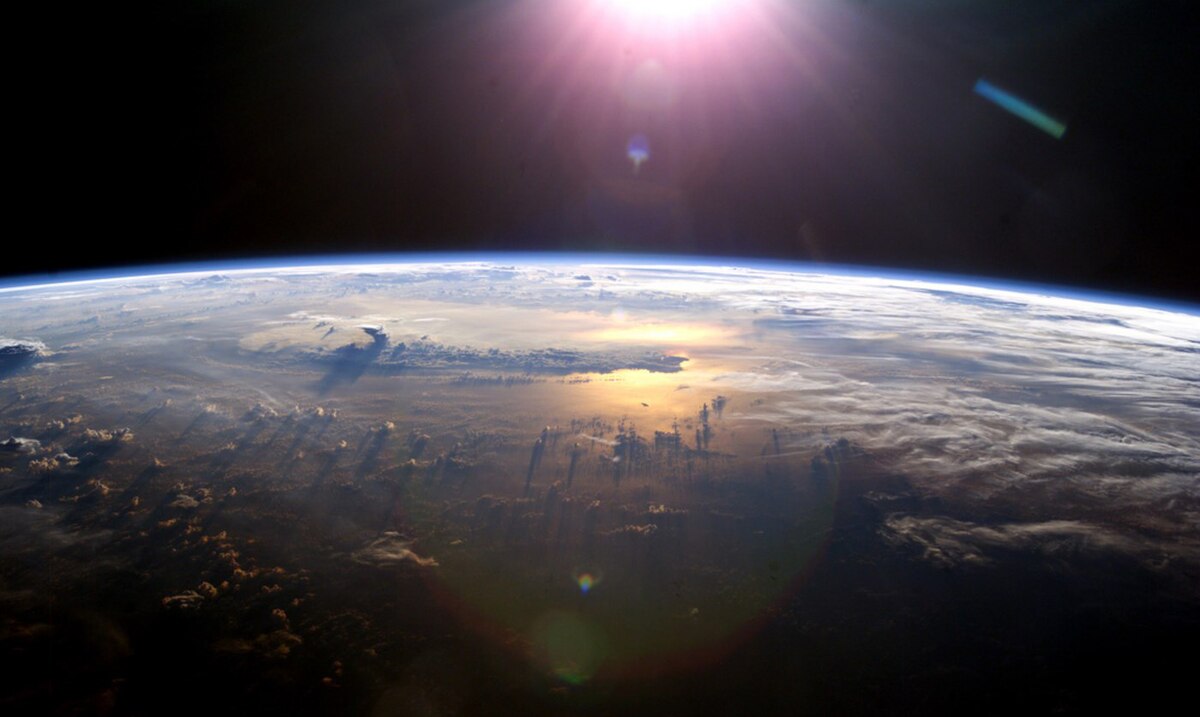Astronomers are currently searching for enough to study habitable worlds. However, the task is not easy as finding exoplanets is very complicated. A planet that looks promising has recently been discovered, where possible signs of life can be explored.
A team of astronomers announced the discovery of Wolf 1069 b, a planet with a similar mass to Earth that orbits its star at just the right distance to have liquid water on its surface, a known habitable world. This rare exoplanet is 31 light-years away, opening up the prospect of studying it, at least for astronomical purposes.
'When we analyzed data from the star Wolf 1069, we discovered a clear, low-amplitude signal from what appeared to be a roughly Earth-mass planet. “It orbits the star in 15.6 days at a distance equal to one-fifteenth of the separation between the Earth and the Sun.” Diana Kosakowski said in a statement. Main author of the article.
Wolf 1069b orbits much closer to its host star than Earth and the Sun, but receives less radiation; About 65% of the radiant energy the Earth receives from the Sun. Because the star is a low-mass red dwarf, it emits less energy than a Sun-like star, making the region denser.
“As a result, the so-called habitable zone moves inward.” Kosakowski notes. Planets around red dwarf stars like Wolf 1069 are habitable, even though they are much closer to the Sun than Earth.
Of course, scientists are well aware that life requires more than just liquid water. Therefore, it does not guarantee ecosystems like those on our planet that are potentially habitable. Atmosphere is also very important. An obvious example is Venus, which is very close to the habitable zone, but is hell because of its thick atmosphere.
Astronomers suspect that Wolf 1069b may be tidally locked in its path around its parent star, meaning it always shows the same face that the moon does to Earth. Favorable conditions are still limited in this case, although the team remains optimistic about its potential to provide sustained habitable conditions over a large part of its day.
Although the chances are not high, this is very good news because most exoplanets discovered are giant, very cold/hot and gaseous. Of the more than 5,000 confirmed exoplanets, only about 1.5% have masses less than two Earth masses. At 31 light-years away, Wolf 1069b is the sixth closest habitable Earth-mass planet.
The results are published in the journal Astronomy & Astrophysics.
Share science, share knowledge.






